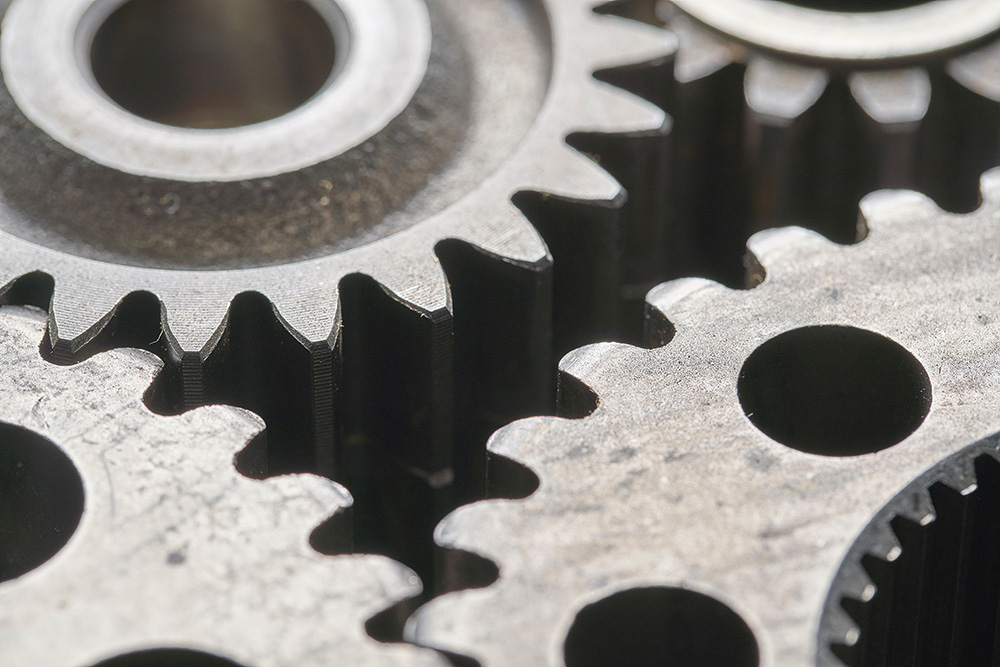
A customer came to us as they were facing the problem of converting their metal housing water meter to a plastic one. They wanted to change it for a couple reasons. The main reasons were to reduce the cost and to eliminate the corrosion problems. However, they face problems when trying to find a suitable material that was strong enough to replace the metal.
We worked tirelessly and very closely with our customers to help them come up with a solution. This project turned out to be one of the most challenging projects we’ve encountered. After conducting a lot of research on this project, we came up with a few possible materials that could be used to replace the metal. Firstly, we attempted to use the material Acrylonitrile Styrene (AS) but the material was not strong enough and would break upon testing. Undeterred we then moved on to a different material in hopes of a better outcome. We continued to work hard seeking a material with higher tensile strength than the AS and close to the strength of brass.
We then considered using the material Polyoxymethylene (POM). POM is usually used as an alternative to metals because of its low friction and wear characteristics. It also has an excellent balance of mechanical and chemical properties. After much deliberation and more research, we decided to use the material POM F10-52 H natural + Blue Masterbatch. Blue masterbatch was the colorant used as the customers requested the product to be in blue. The product was fabricated using the material and was tested by our Quality Assurance (QA) team according to the customer’s Certificate of Analysis (COA). One of the requirements was to check if there were any air bubbles in the product. To do so the QA team cut the fabricated product in half to see if there were any bubbles in the product. Another test the QA team conducted was burst testing, where the product would be subjected to increasing hydrostatic pressure until it burst. The burst strength of the product was more than the minimum burst strength set by the customer which was 52MPa. Thankfully, all other requirements were met as well and we passed the customers COA.
However, even though the material passed all the tests the customers requested that we use a different material. This was because with the POM F-1052 H natural + Blue Masterbatch, the plastic material had to be mixed in with blue colorants which results in an extra process. The customer requested we use a material known as Preblue which already had the colorant mixed in therefore eliminating one process and cutting cost. But when fabricating with the new material we discovered that there were problems with the flow. We managed to rectify the flow problems by adjusting the flow settings on the machine.